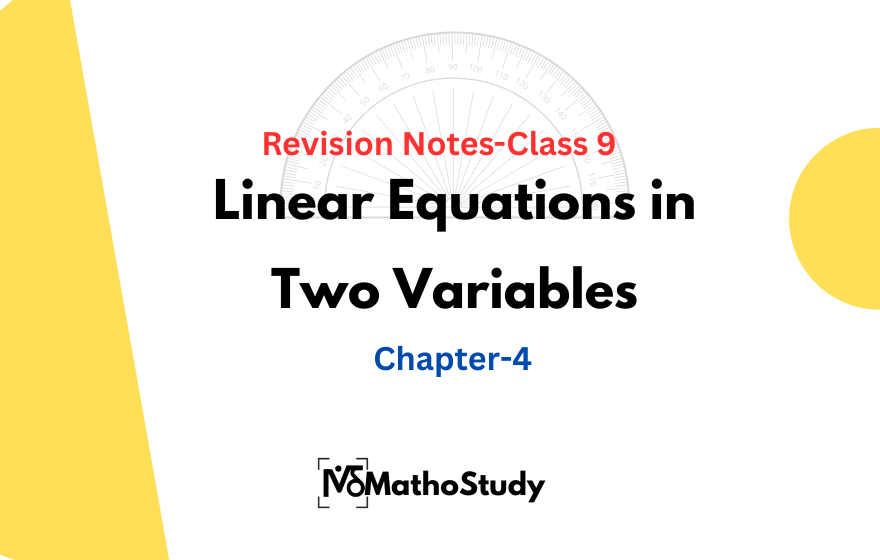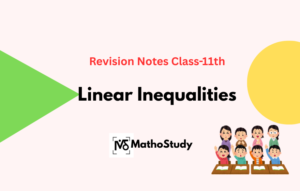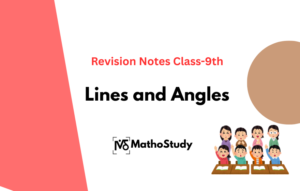Chapter 4 – Linear Equations in Two Variables introduces students to a fundamental concept in algebra. This chapter helps build the foundation for higher math by teaching how to represent, interpret, and solve equations involving two variables.
What is a linear equation?
An equation of the form ax + by + c = 0, where a, b and c are real numbers, such that a and b are not both zero, is called a linear equation in two variables.
Solution of a Linear Equation:
A pair of values of x and y which satisfy the equation ax+by+c= 0 is called a solution of the equation.
While solving an equation, you must always keep the following points in mind:
The solution of a linear equation is not affected when:
(i) The same number is added to (or subtracted from) both sides of the equation.
(ii) You multiply or divide both the sides of the equation by the same non-zero number.
Graph- The graph of every linear equation in two variables is a straight line. Every point on the graph of a linear equation in two variables is two variables is a solution of the linear equation. Conversely, every solution of the linear equation is a point on the graph of the linear equation.
Note- (i)A linear equation in two variables has infinitely many solutions.
(ii)The graph of every linear equation in two variables is a straight line.
(iii) y = 0 is the equation of x-axis and x = 0 is equation of y-axis.
(iv) The graph of x= a is a straight line parallel to the y-axis.
(v) The graph of y = a is a straight line parallel to the x-axis.
(vi) An equation of the type y = mx represent a line passing through the origin.
Key Properties:
- The graph of a linear equation is always a straight line.
- The equation has infinite solutions, all of which form a line on the coordinate plane.
- Interchanging x and y still gives valid solutions if it satisfies the equation.
Frequently Asked Questions (FAQs) on Linear Equations in Two Variables
Q 1. What is a linear equation in two variables?
Answer: A linear equation in two variables is an equation that can be written in the form ax+by+c=0, where x and y are variables, and a, b, and c are real numbers with at least one of a or b non-zero.




